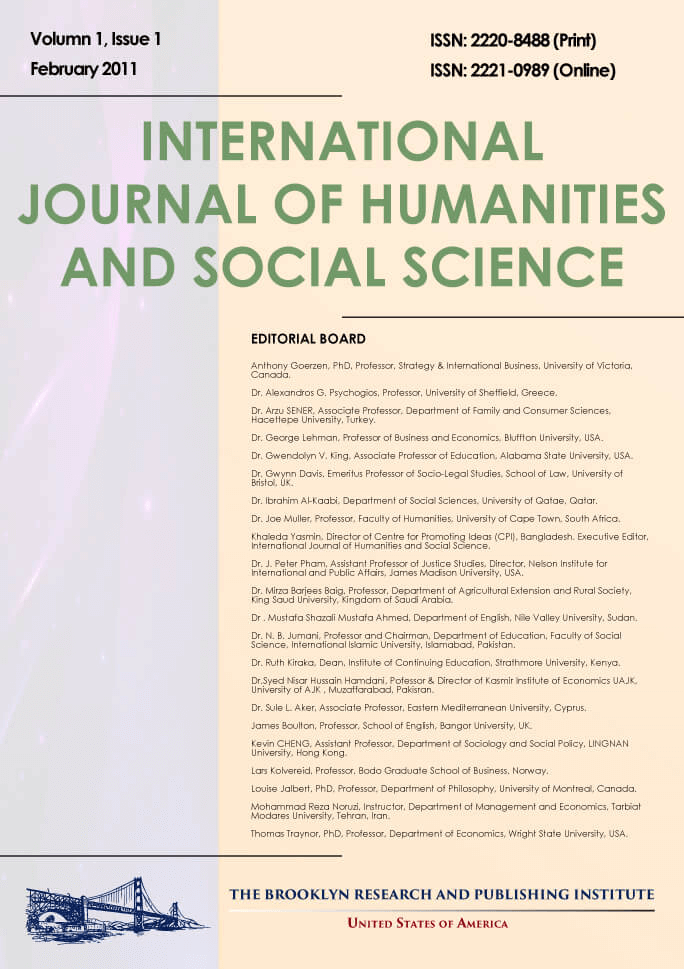Nexus Dynamics: The Overlapping Causes of Forced Displacement in the Haiti Disaster Context
Abstract Throughout the 20th century, the world underwent transformations which led to structural changes on how drivers to refugee flows take shape. Two aspects that have been notably affected by these shifts are key variables to understanding contemporary refugee phenomena: violence and environmental factors. Today, many refugee contexts are strongly influenced by those aspects; those that arise particularly from the interaction between both stressors are referred to as nexus dynamics (ND). The article aims to explore the evolving nature of the refugee concept, shaped by structural changes that encompass emerging forms of violence and environment imbalance. The study, then, examines how ND manifests through a case in which a natural disaster exacerbated a pre-existing condition of State fragility caused by long-term violence, as seen in the 2010 Haitian catastrophe.Email: [email protected] Carlos Sangreman Proença, University of Aveiro and University of Lisbon (Center for African and Development Studies – CEsA), Portugal; ORCID iD: https://orcid.org/0000-0001-5591-6882 ; Phone: +351 919 081 701.
Email: [email protected]
[email protected]
Note: Citation statistics will only be available once the article is indexed in Google Scholar.



